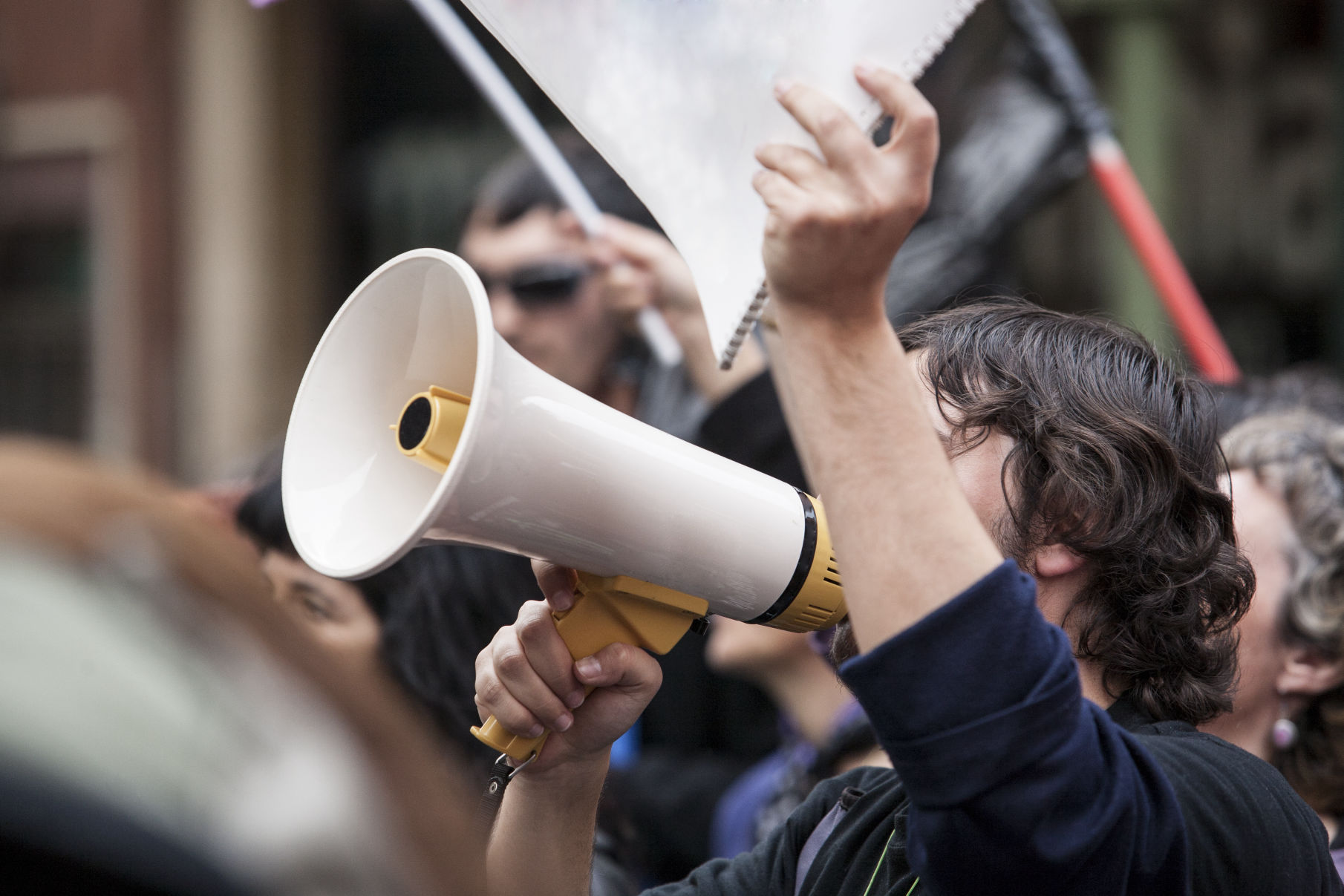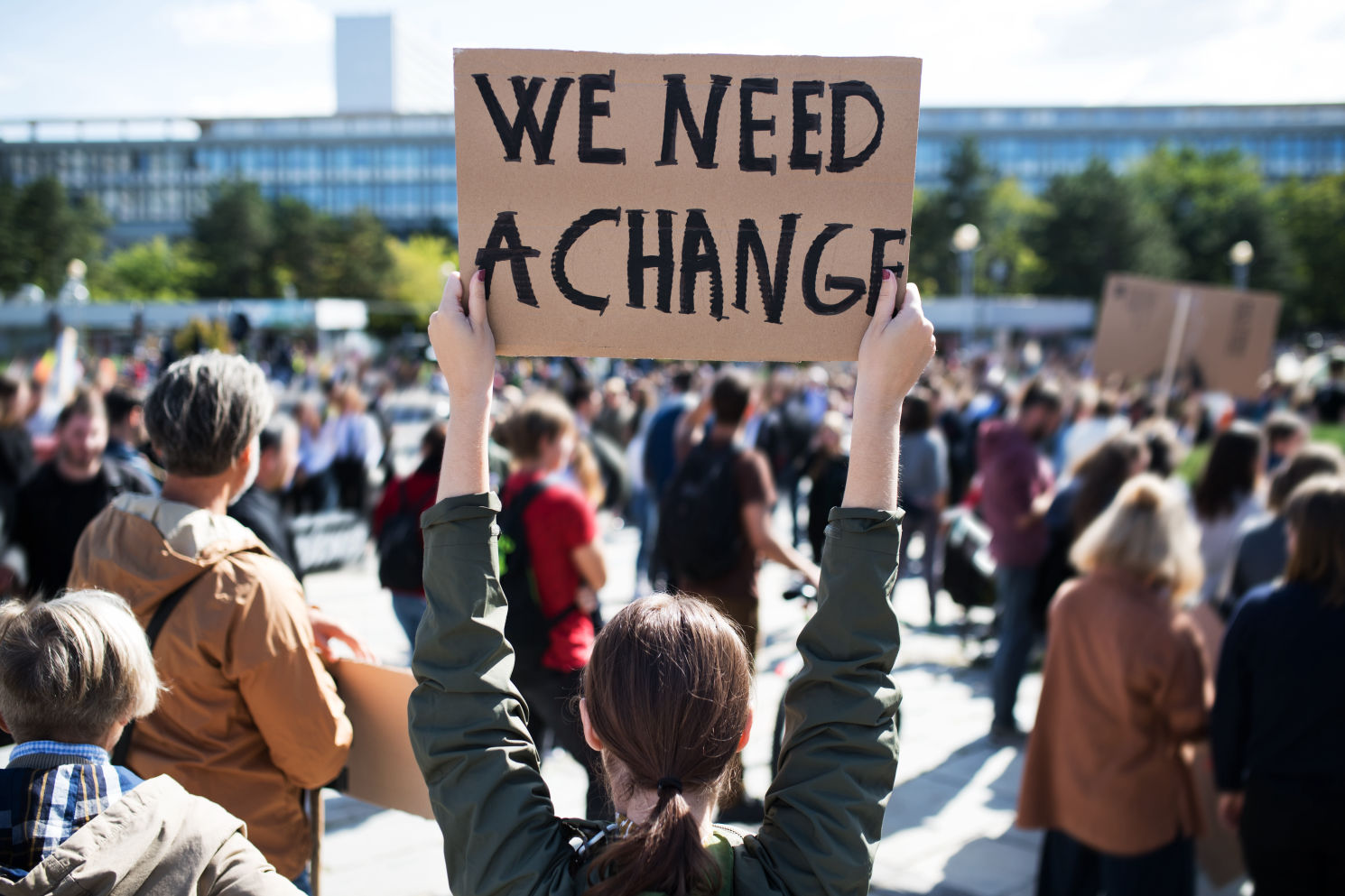Identify the controversy



A controversy is a debate about a current affair or conflict on a subject or issue that does not have unanimous support and generates tensions between different actors in society.
It is important to identify the context in which this controversy is situated (i.e. its starting point).

The controversy juxtaposes different actors.
They are actors only in so far as they take actions (vs. spectators). Actors can be individuals or a group.
There is a wide variety of possible actors (trade unions, companies, pressure groups, NGOs, the media, etc.). Identifying them is the first step in the analysis.

Behind every action are the actors’ objectives. These goals are what the actors are trying to achieve.
The nature of the goals varies widely, according to the actors (political, economic, social, ecological, etc.). There may be many goals.
A goal can be explicit or hidden. Sociological analysis consists of identifying and highlighting these goals, whether or not they are explicit.

These are all the assets that any given actor has at their disposal and that they can utilize in their relations with other actors to achieve their goals.
Resources are like the cards in a hand.
They can be material (money, goods, natural resources, etc.) or symbolic (prestige, expertise, relationships, control of information, power to change laws, etc.).

The strategy is the specific action chosen to achieve the desired goal among possible actions.
Strategy is the art of organizing and coordinating a set of operations to achieve a goal.
Identifying strategies and their outcomes.
Many strategies are possible:
Confrontation or hostile relations; Collaboration, or the willingness to negotiate and work together; Indifference, not considering, or even avoiding any relationship with other actors.

The issues encompass what actors have to win or lose in their relations with others, especially in the strategies they utilize.
But beyond the actors’ possible gain or loss, the issues are more broadly the problems of the case study and the controversy. What issues are at stake and what type of issues are they (political, social, ecological, etc.)?
Identifying the issues consists of analyzing the case study and identifying the debate’s key elements and angles.

There are very different kinds of issues:
Economic: profits, wages, productivity, output, etc.;
Social: inequalities, injustice, exploitation, etc.;
Political: autonomy, freedom, responsibility, power, etc.;
Symbolic: formal or informal recognition of the existence of an individual or a community;
Ecological: preservation of a specific place, pollution, etc.

© Copyright 2020 - All Rights Reserved